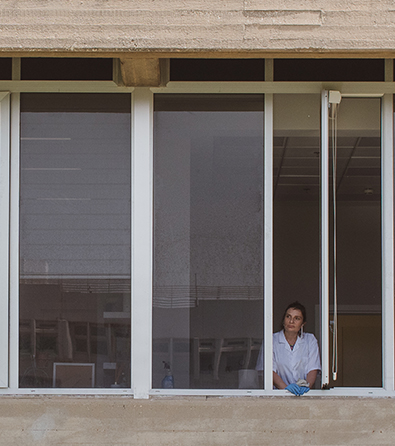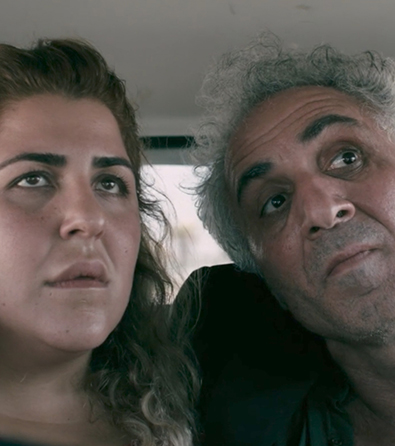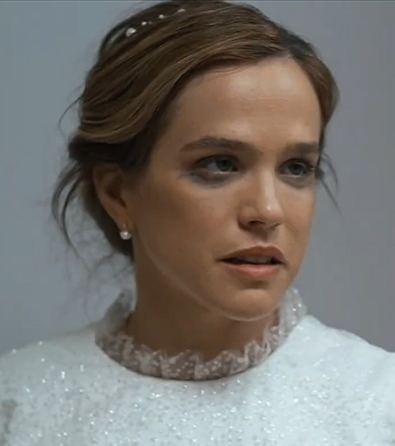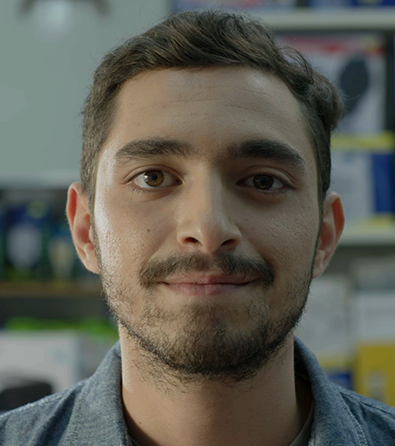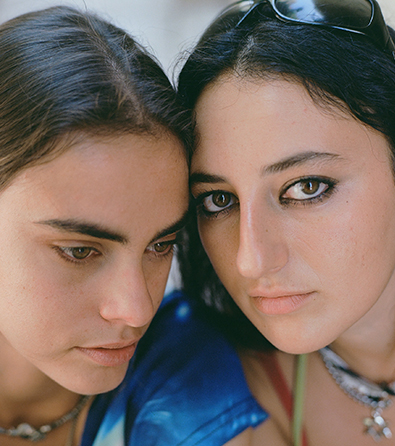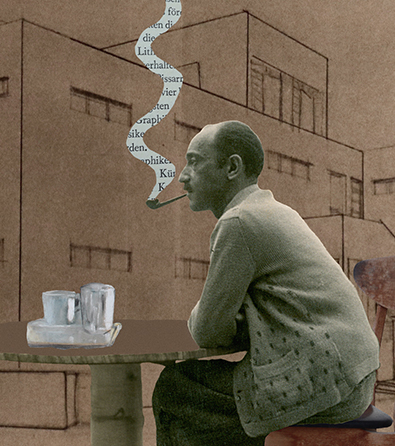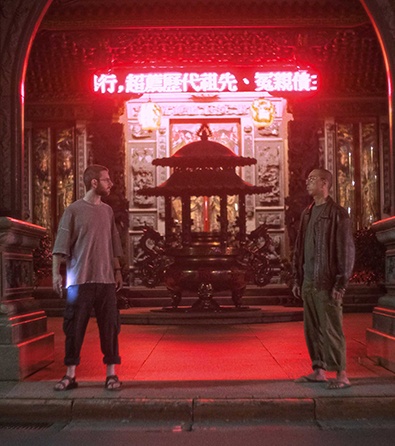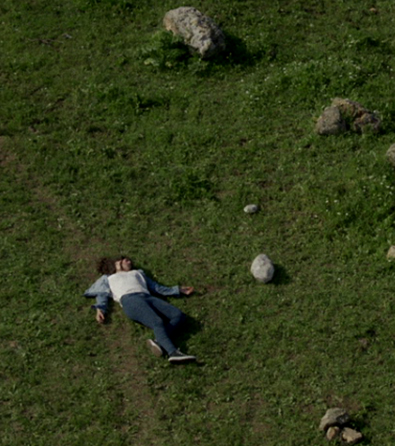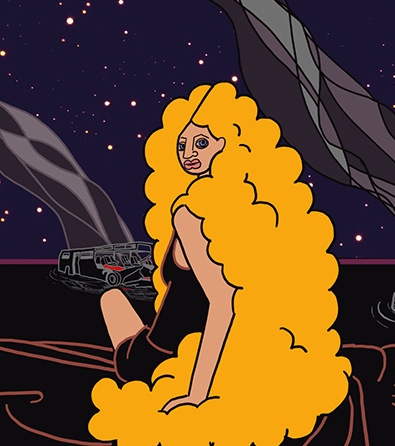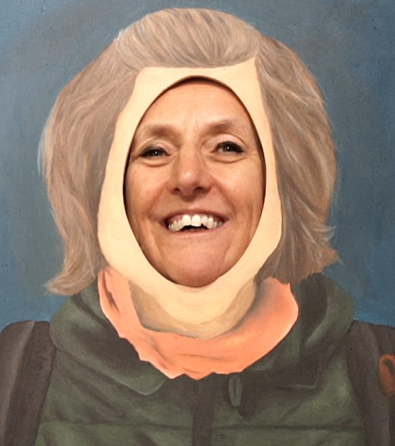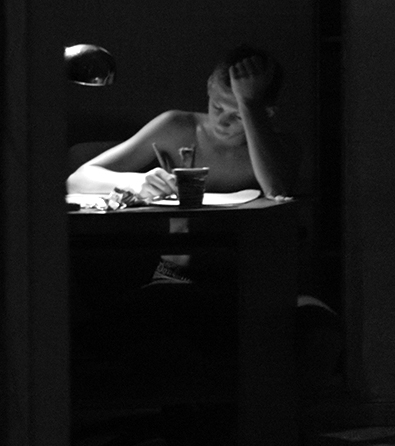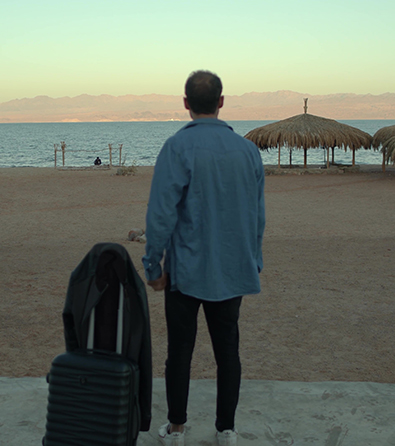Watch the short documentary I Think This Is the Closest to How the Footage Looked (9:38 minutes) at the top of the page.
* To watch this film, please approve YouTube/Vimeo cookies via the blue cookie icon at the bottom left of the screen
The challenge faced by a short film, particularly a short documentary, lies in its attempt to create a complete cinematic world and convey complex emotions through precise imagery, using techniques of focus, reduction, and sometimes abstraction. While a feature film can express its themes in a continuous, gradual manner over several scenes, a short film must encapsulate its core idea in a single, clear choice—in a moment, a sentence, or an aesthetic element. This is where the secret charm of I Think This Is the Closest to How the Footage Looked, directed by Yuval Hameiri in 2012 and created with Michal Vaknin, truly shines.
The film is a ten-minute short documentary that, despite its modest resources, shines brilliantly. Though minimalist and humble, it is filled with emotion, delicacy, and originality. The viewer embarks on an intense emotional journey—an entire world in every sense of the word. I Think This Is the Closest to How the Footage Looked is a cinematic kaleidoscope, reflecting different aspects of the creation and the life surrounding it. Death, loss, family, and memory intertwine with a reflexive discussion about the cinematic medium and the analog and digital formats it can take. Each viewer will take something different from the film; with every viewing, a new layer of meaning or a previously hidden, thought-provoking idea is revealed.
Describing the plot or focusing on the narrative details of Hameiri’s film cannot convey its complexity and creativity. Perhaps this is why the director chose to release a synopsis that reveals just enough: “A man recreates a lost memory with limited means—the memory of his mother’s last day.” Like the film itself, this brief synopsis skillfully and artistically distills the threads woven into Hameiri’s work, highlighting its focus on memory (the word is mentioned twice), loss (the last day of the mother), and the reflexive layer of creation (a man recreates with limited means).
However, the synopsis does not reveal the film’s hybrid qualities, which make it unique and allow it to blur the lines between documentary and fiction (staged, recreated), home movies and cinema, and experimental and accessible forms. This film is difficult to define and categorize precisely because of its extreme simplicity and minimalism in methods of creation.
Due to its inability to be easily defined, the film brings to mind two significant works in contemporary Israeli art, which represent two distant extremes: the video works of Guy Ben-Ner, such as “Berkeley’s Island” (1999) and “Moby Dick” (2000), which similarly use home movie practices and objects from the personal sphere, and were also featured this year in a retrospective at the Tel Aviv Museum; and “Waltz with Bashir” (2008) by Ari Folman, one of the most impressive and acclaimed documentaries made in Israel. This film deals entirely with memory and recreation, and its ending, like that of Hameiri’s film, suddenly presents authentic archival footage (not recreated) of the pivotal events at the core of the creation.
As mentioned, the film’s uniqueness lies in how the homegrown, almost childlike puppet theater that Hameiri constructs becomes something much greater. The coffee grinder (representing his father), the paint tube (his dying mother), the fairy doll (his younger sister), and the dismantled door handle (the director himself) gradually transform over time, evolving from arbitrary objects into precise symbols and images, and, most importantly, into real characters. Like a child’s game, where any object can become something else through imagination, Hameiri turns seemingly random items from his life into vessels of meaning and emotion. In this context, the camera, represented solely by a keychain camera (thus symbolizing itself), is particularly interesting. This choice perhaps emphasizes the film’s reflexive layer, where the director examines both the boundaries of the medium and its ability to heal, alleviate pain, and conquer death and time.
Hameiri’s narration, written and performed in a rather childlike manner (“Night, no mom”) and simultaneously in a distinctly David Perlov style (“Morning. Trying to cope with the empty space”), is both analytical and poetic at times. This reflects an attempt to bridge gaps between the high and the low. This approach, like the other artistic choices in the film’s unique cinematic expression, seeks to reconcile these differences.
Hameiri’s film is an exemplary model of what a short film can be: it encapsulates aesthetic and thematic complexity and reflects it outwardly with creativity and simplicity that complement rather than negate each other. The accessibility of the film, along with the director’s willingness to allow film students from around the world to watch and learn from it, highlights the range of possibilities and modes of expression in the cinematic medium. Freud said that sometimes a cigar is just a cigar, but in this case, the objects filmed in Hameiri’s work are definitely much more than they initially appear to be.
The short film I Think This Is the Closest to How the Footage Looked was created as part of undergraduate studies at the Steve Tisch School of Film and Television, Tel Aviv University, 2012.
